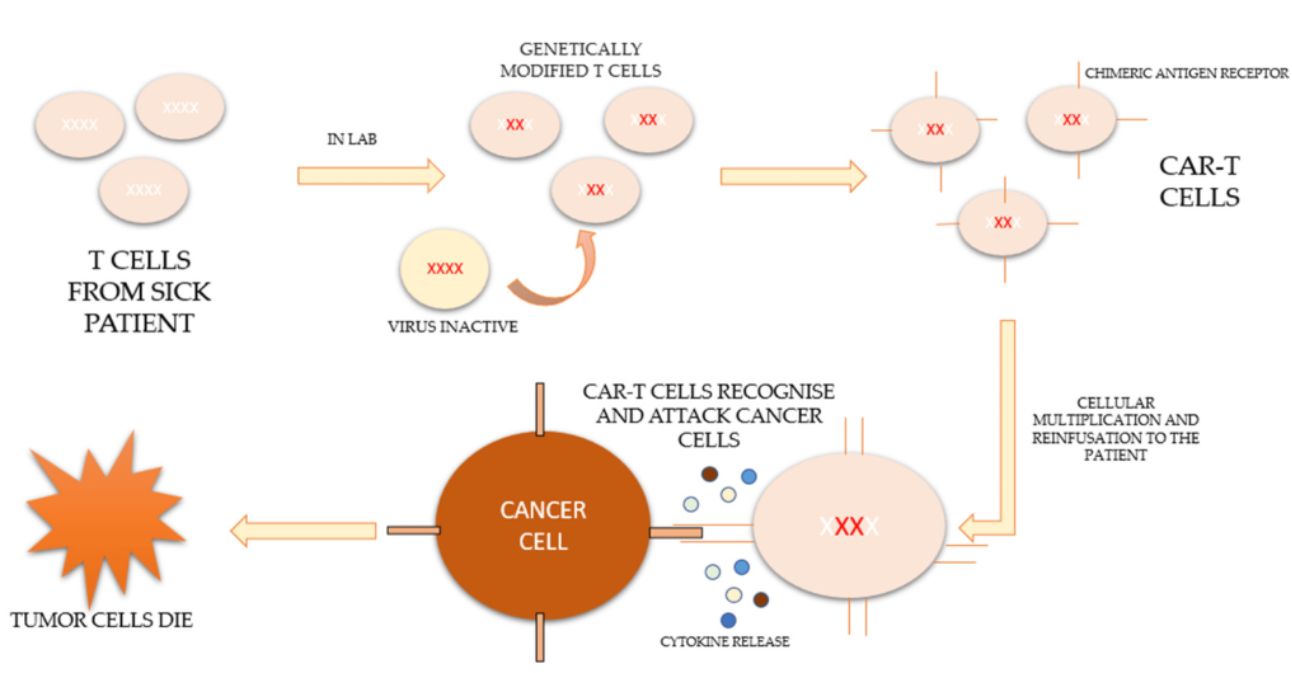Bone Morphogenetic Protein Market Is Estimated To Witness High Growth Owing To Rising Adoption Of Bone Graft Substitutes
- Ronak Shah
- World News
- January 1, 2025

The bone morphogenetic protein market is estimated to be valued at US$ 342.3 Mn in 2024 and is expected to exhibit a CAGR of 3.8% over the forecast period 2024-2031, as highlighted in a new report published by Coherent Market Insights.
The bone morphogenetic protein market is primarily driven by increasing incidence of spinal fusion surgeries and rising adoption of bone graft substitutes. According to the Global Burden of Disease Study, low back pain was among the top 10 causes of disability worldwide in 2016. Such a high prevalence of back pain disorders translates to rising demand for bone morphogenetic proteins used in spinal fusion surgeries. Moreover, bone morphogenetic proteins act as effective alternatives to bone graft procedures by stimulating new bone formation, thereby witnessing increasing adoption among surgeons and healthcare providers.
Key Market Trends:
The two major trends influencing the bone morphogenetic protein market include new product launches and increasing applications in non-spine fractures. Key players are focused on developing novel recombinant human bone morphogenetic protein formulations with improved efficacy and safety profiles. For instance, in February 2020, Medtronic received FDA approval for its INFUSE Bone Graft kit containing rhBMP-2 for use in knee fusion revision procedures. Moreover, bone morphogenetic proteins are increasingly being evaluated for applications beyond spinal fusion, such as in oral maxillofacial surgeries and treatment of non-spine fractures including long bone fractures, pelvic fractures, and tibial plateau fractures. More coverage can be found in the sample copy.
Bone Morphogenetic Protein Market Opportunities
Recombinant Bone Morphogenetic Protein Segment – The recombinant bone morphogenetic protein segment is expected to witness significant growth over the forecast period. Recombinant BMPs are manufactured using genetic engineering techniques and have similar biological activities as natural BMPs. They are increasingly being used as an alternative to autologous bone grafts for spinal fusions and long bone non-unions. Several clinical studies have proven recombinant BMPs to be effective in enhancing bone formation. Their ability to induce new bone growth without harvest from another site of the body makes them an attractive proposition for surgeons and patients.
Spinal Fusion Segment – The spinal fusion segment held the largest market share in 2019 owing to the increasing prevalence of spinal disorders such as degenerative disc disease and spinal stenosis. Bone morphogenetic proteins are widely used during spinal fusion procedures to facilitate new bone formation and aid in arthrodesis. Their osteoinductive properties help enhance bone ingrowth between the vertebrae, thereby improving fusion rates. Moreover, recombinant BMPs eliminate the need for autograft bone harvest during spinal fusion surgeries, minimizing procedure related morbidity. These advantages have resulted in the growing usage of BMPs for lumbar and cervical fusion applications.
Key Market Takeaways
The global bone morphogenetic protein market size was valued at USD 342.3 Mn in 2024 and is expected to register a CAGR of 3.8% during the forecast period. The market is driven by the rising geriatric population susceptible to orthopedic disorders, advantages of BMPs over autologous bone grafts, and new product approvals.
By Type, the recombinant bone morphogenetic protein segment is expected to hold the largest share owing to widespread adoption. Recombinant BMPs do not require harvest from another surgical site and can effectively induce new bone formation.
Based on Application, the spinal fusion segment dominated the market in 2024 due to increasing spinal disorders. Bone morphogenetic proteins are commonly used during spinal fusion procedures to enhance arthrodesis.
Regionally, North America is anticipated to dominate the global market over the forecast period. Presence of major players, rising healthcare spending, and growing volume of orthopedic procedures in the US and Canada are some of the factors driving the North American bone morphogenetic protein market.
Some of the prominent players operating in the bone morphogenetic protein market include Medtronic, Stryker, Ember Therapeutics, DePuy Synthes, and Sigma Aldrich. Major players are focusing on new product launches, mergers, and acquisitions to strengthen their market position.
Competitor Insights:
Medtronic
Stryker
Ember Therapeutics
DePuy Synthes
Sigma Aldrich
Recent Developments in Bone Morphogenetic Protein Market
In June 2023, Medtronic received FDA approval for new indications for its INFUSE Bone Graft kit containing recombinant human BMP-2 (rhBMP-2). The approval expanded the use of INFUSE to include two-level posterior lumbar fusion procedures. This approval was based on data from the large MISTIE clinical trial which showed non-inferior fusion rates compared to the traditional autograft. Medtronic anticipates this new approval could help more patients avoid unnecessary donor site surgery to harvest bone.
In August 2023, a team of bone tissue engineers published results of a novel 3D-printed scaffold loaded with microspheres of BMP-2. The scaffold material was designed to degrade slowly over 12 weeks while releasing the BMP-2 in a controlled manner. Testing in a rodent model found the scaffold promoted significantly more new bone growth than current rhBMP-2 therapies. The researchers believe this sustained delivery approach could maximize the potential of BMP therapies.Full coverage of the report available here.








